The summit was expected to lead to an interim agreement between the EU and the US that would provide a step towards establishing a permanent GASSA, with other advanced economies expressing a desire to join.
Eurofer said earlier this month that the meeting should draw an ambitious framework that would provide clear guidance and include the key elements of GASSA, but the details would need to be worked out in the coming months.
The OECD recently reported that global steel production capacity has exceeded 600 million tonnes/year, with most of it located in Asia, the Middle East and North Africa. Eurofer pointed out that about 150 million tonnes/year of the new capacity additions planned until 2026 are mainly carbon-intensive blast furnaces.
However, negotiations reportedly collapsed before the summit. A joint EU-US statement issued after the meeting focused on geopolitical issues and made little mention of GASSA, adding: "Over the course of these two years of negotiations, we have made significant progress in identifying the sources of off-market overcapacity, and we have gained a better understanding of the means to address the emissions intensity of the steel and aluminium industries. We look forward to continuing to make progress on these important objectives over the next two months."
If an agreement is not reached by the end of the year, Section 232 duties will be re-imposed on EU steel supplies.


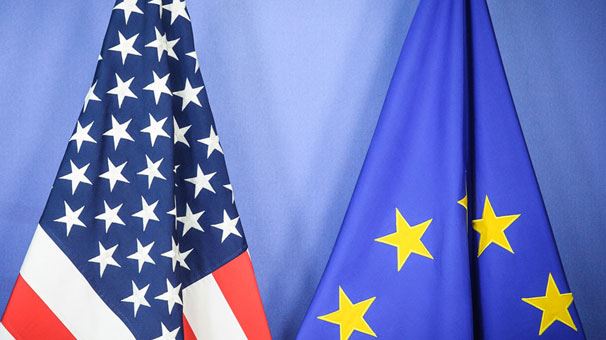


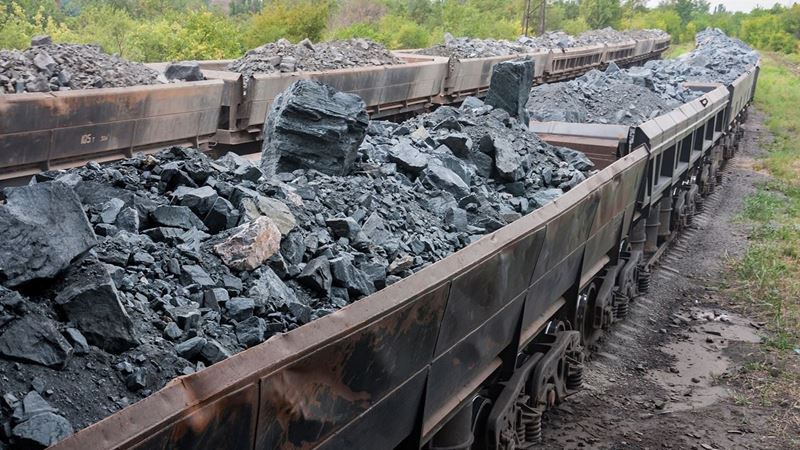
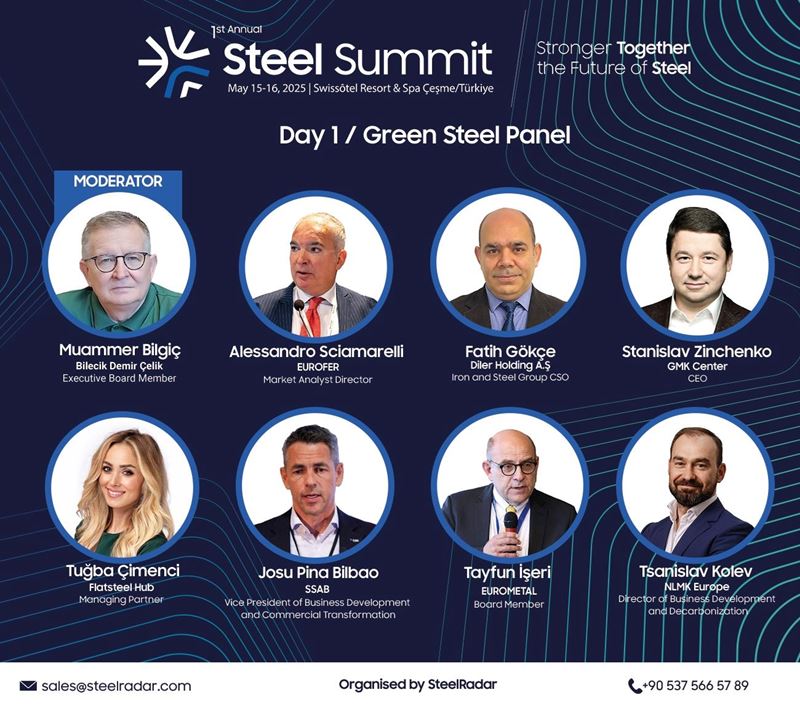
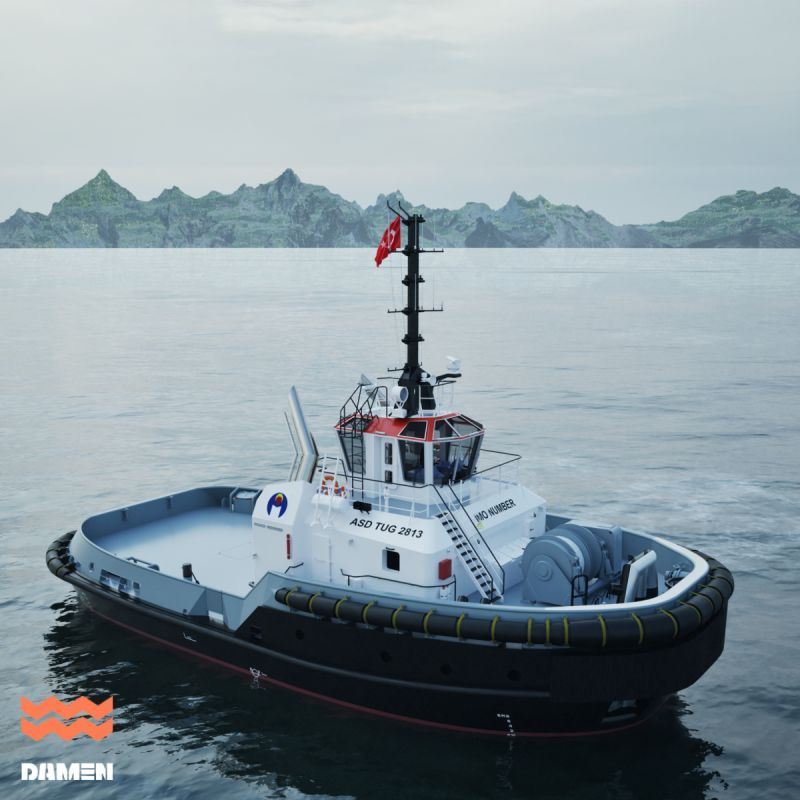


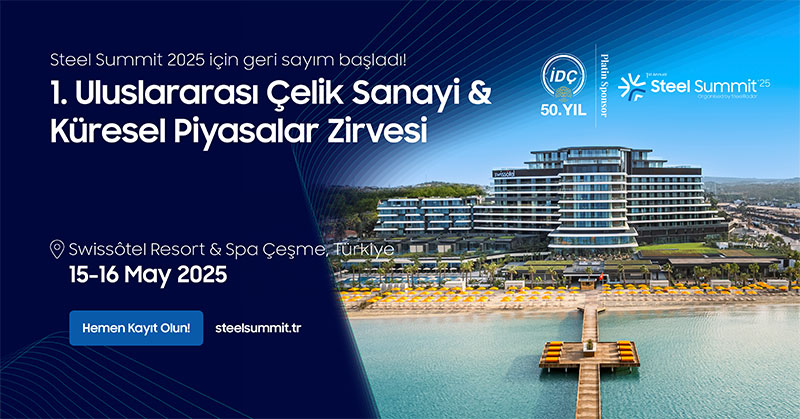
Comments
No comment yet.